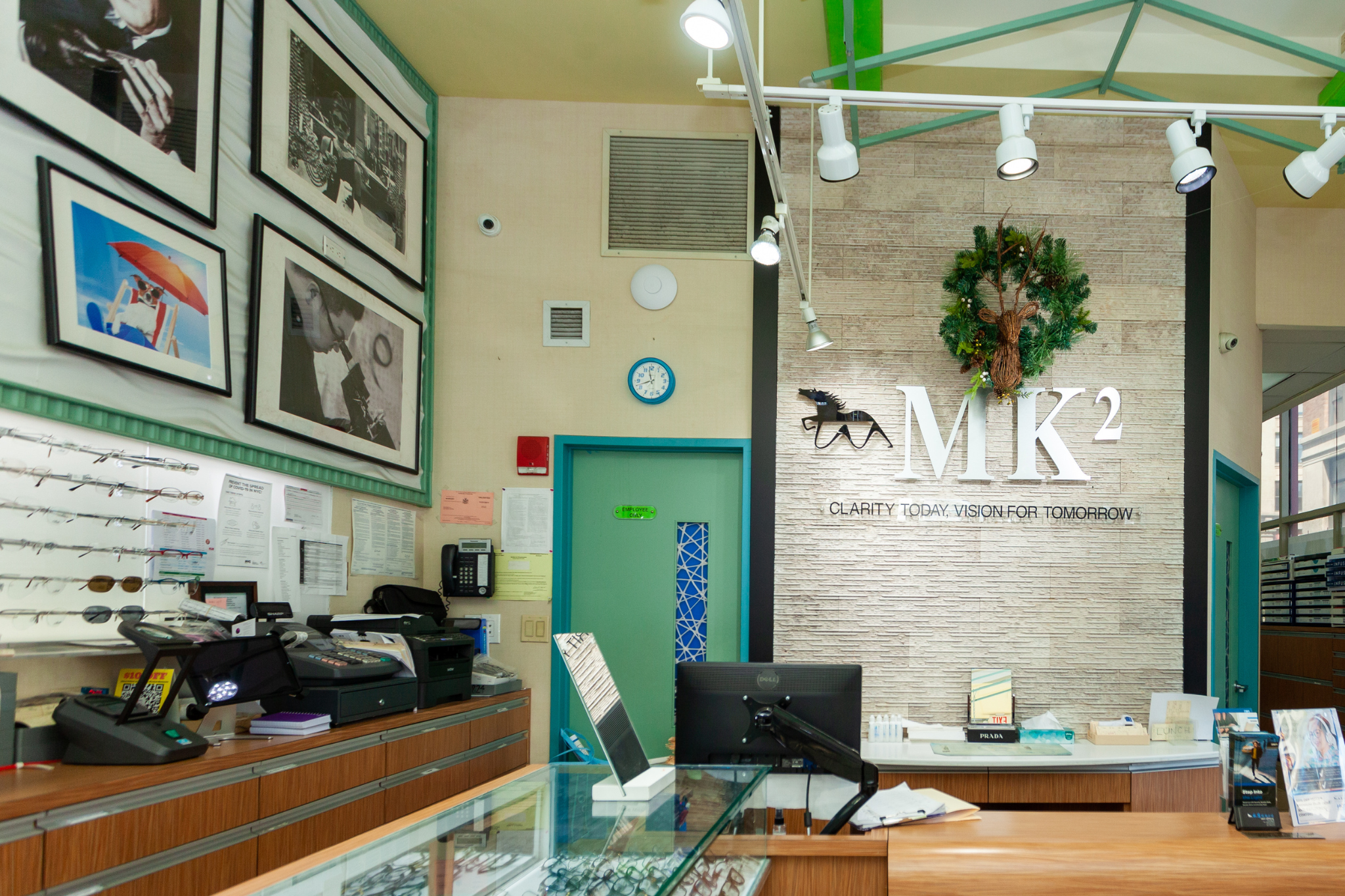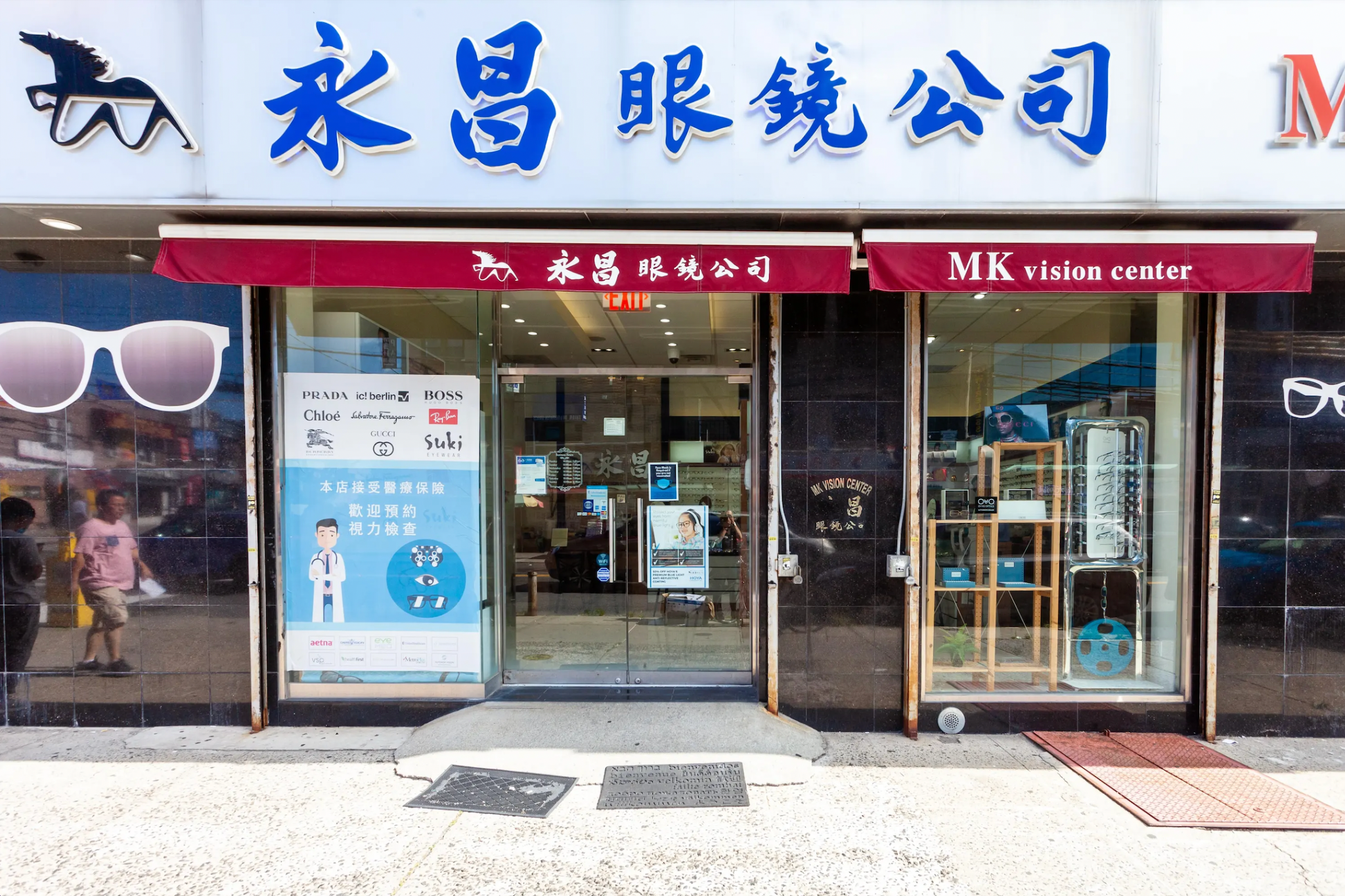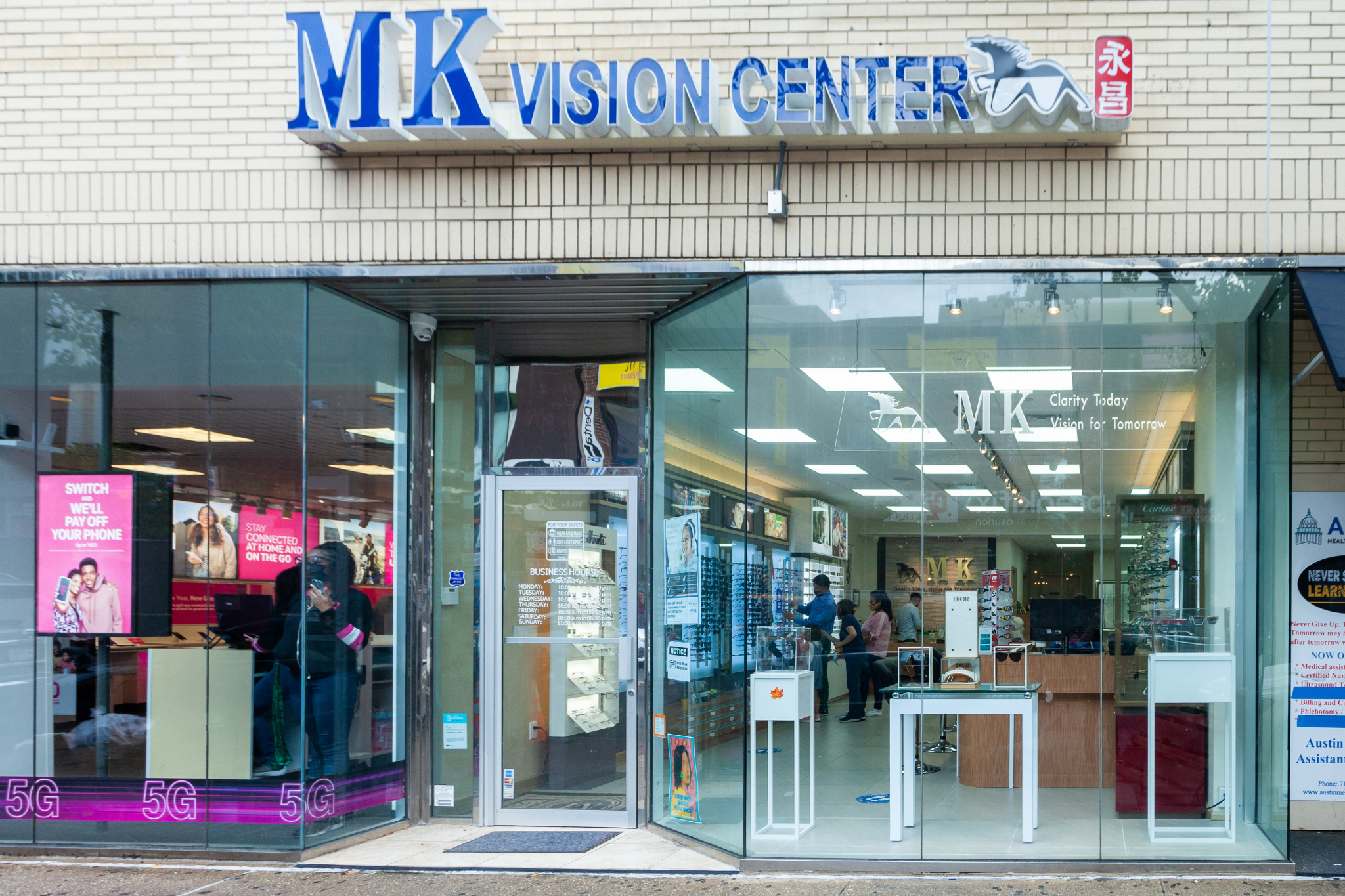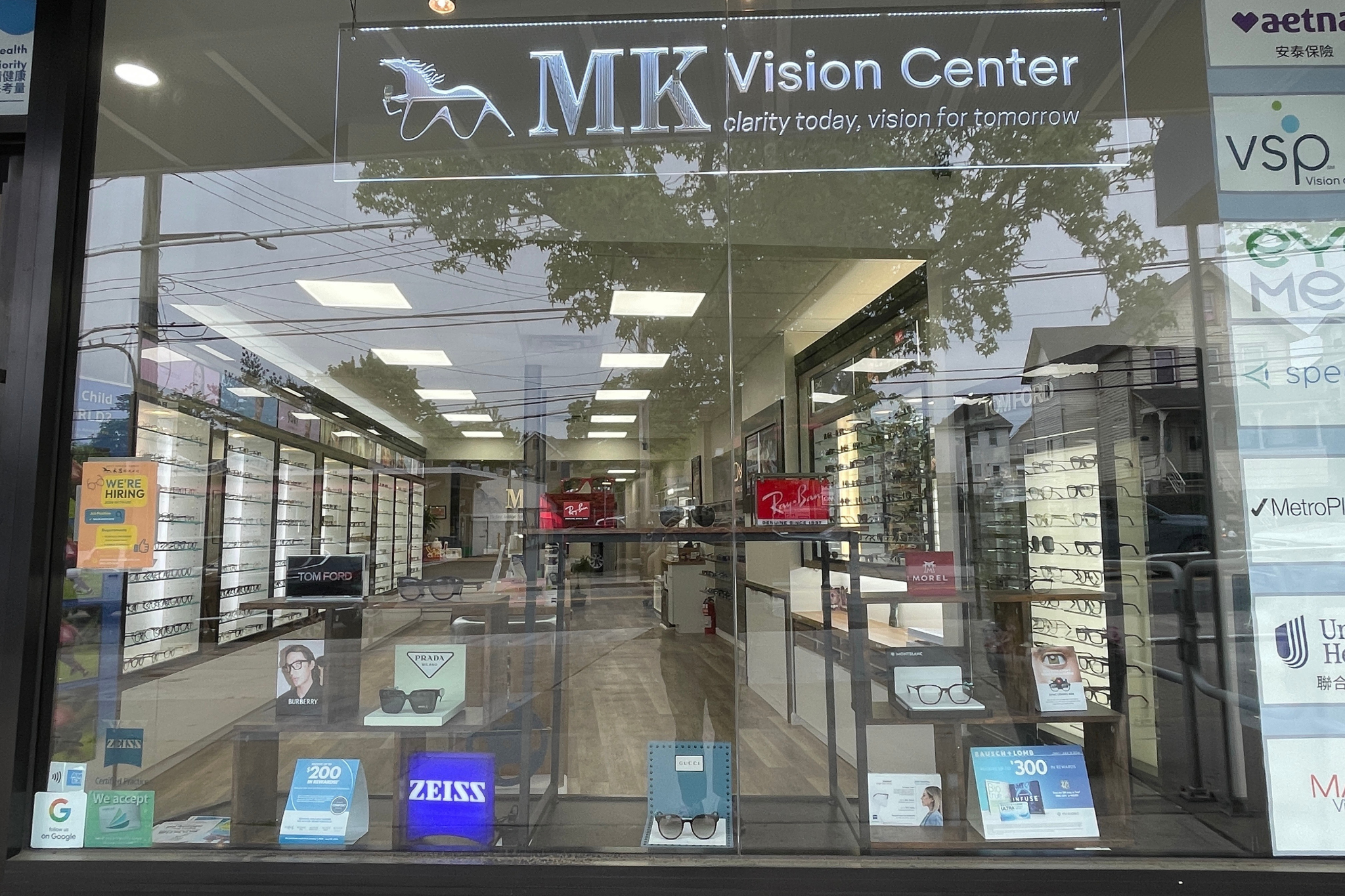The Importance of Eye Exams in Preventing Glaucoma

Glaucoma is a silent thief of sight, often progressing without noticeable symptoms until significant vision loss has occurred. It is one of the leading causes of blindness worldwide, but the good news is that early detection through routine eye exams can help prevent or slow its progression. Understanding who is most at risk and why regular screenings are essential can help protect your vision and that of your loved ones.
What Is Glaucoma?
Glaucoma refers to a group of eye diseases that damage the optic nerve, typically due to increased intraocular pressure (IOP). The optic nerve is responsible for transmitting visual information from the eye to the brain. When it becomes damaged, vision loss occurs—often starting with peripheral vision and gradually worsening. Without treatment, glaucoma can lead to total blindness.
There are several types of glaucoma, but the most common include:
-
Primary Open-Angle Glaucoma (POAG) – The most prevalent form, which develops gradually due to inefficient drainage of eye fluid.
-
Angle-Closure Glaucoma – A sudden and severe form caused by blocked drainage canals, requiring immediate medical attention.
-
Normal-Tension Glaucoma – Occurs even when eye pressure is within the normal range, highlighting the importance of comprehensive eye exams beyond just checking IOP.
Who Is Most at Risk for Glaucoma?
While glaucoma can affect anyone, certain demographics are more susceptible to the disease:
-
People Over 60 – Aging significantly increases the risk, particularly after the age of 60.
-
African Americans and Hispanics – African Americans are 6 to 8 times more likely to develop glaucoma than Caucasians, and Hispanics over 60 also have an increased risk.
-
Individuals with a Family History of Glaucoma – If a close relative has glaucoma, your risk increases significantly.
-
People with High Intraocular Pressure (IOP) – Elevated eye pressure is a major risk factor for optic nerve damage.
-
Those with Certain Medical Conditions – Conditions such as diabetes, high blood pressure, and heart disease can contribute to the likelihood of developing glaucoma.
-
Long-Term Corticosteroid Users – Prolonged use of steroid medications, especially eye drops, may elevate the risk.
-
Individuals with Previous Eye Injuries – Trauma to the eye can lead to secondary glaucoma, even years after the injury.
How Regular Eye Exams Help Prevent Glaucoma
Since glaucoma often develops without warning signs, routine eye exams are crucial for early detection. Here’s how eye exams can help:
-
Measure Eye Pressure (Tonometry): Elevated intraocular pressure is one of the main risk factors for glaucoma.
-
Examine the Optic Nerve (Ophthalmoscopy): An eye doctor can assess the health of the optic nerve for early signs of damage.
-
Test Peripheral Vision (Visual Field Test): Loss of peripheral vision is one of the first symptoms of glaucoma.
-
Check for Corneal Thickness (Pachymetry): Thin corneas may contribute to increased risk.
-
Assess the Drainage Angle (Gonioscopy): Determines whether the drainage angle is open or closed, helping diagnose different types of glaucoma.
Protect Your Vision—Schedule an Eye Exam Today
Glaucoma is a lifelong condition that cannot be cured, but early detection and treatment can prevent significant vision loss. Treatments such as medicated eye drops, laser therapy, and surgery can help manage intraocular pressure and protect your eyesight.
If it’s been a while since your last eye exam, don’t wait—schedule an appointment today. Your vision is too important to take for granted, and regular checkups are the best way to ensure lifelong eye health.




















Leave a comment